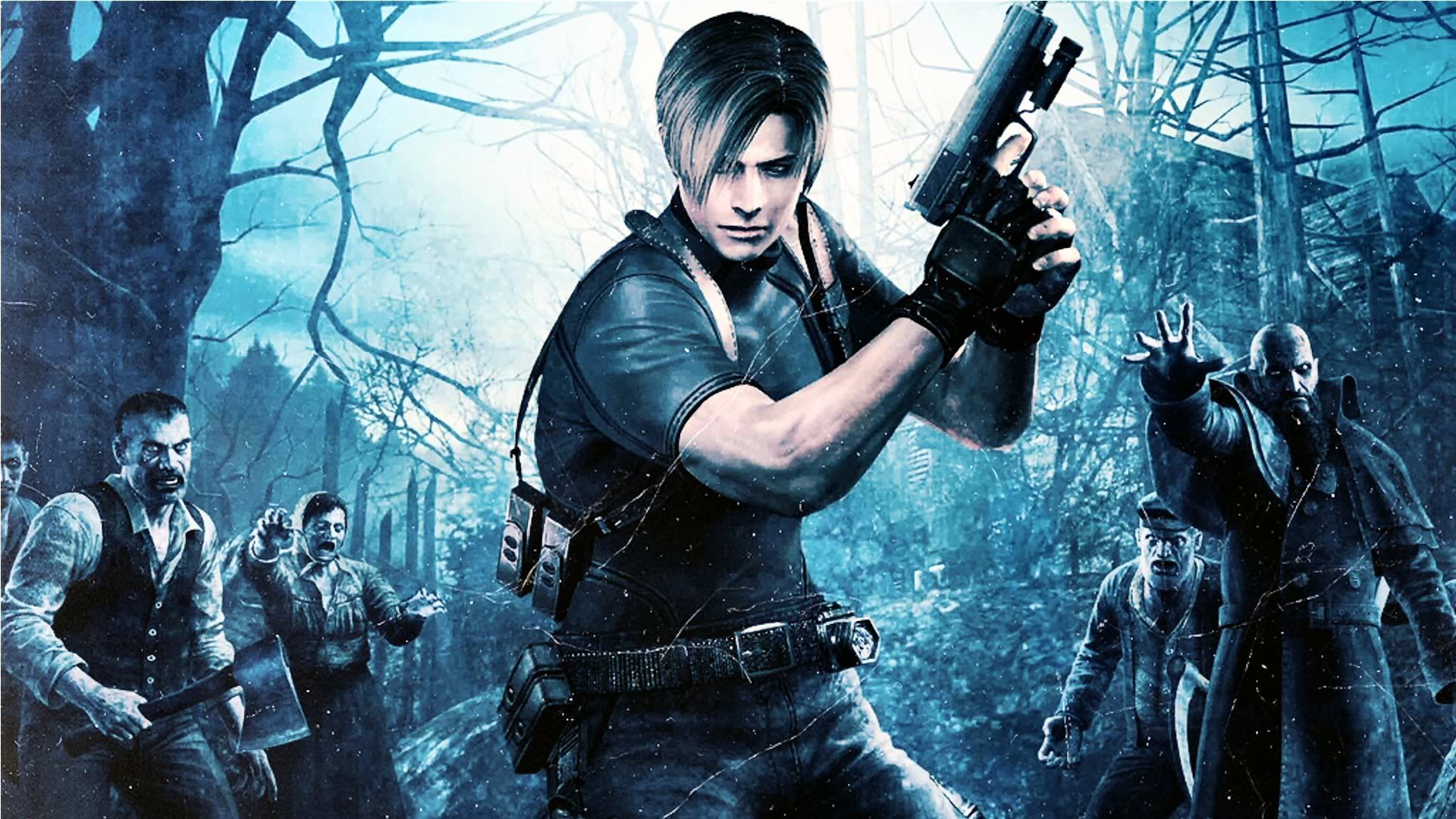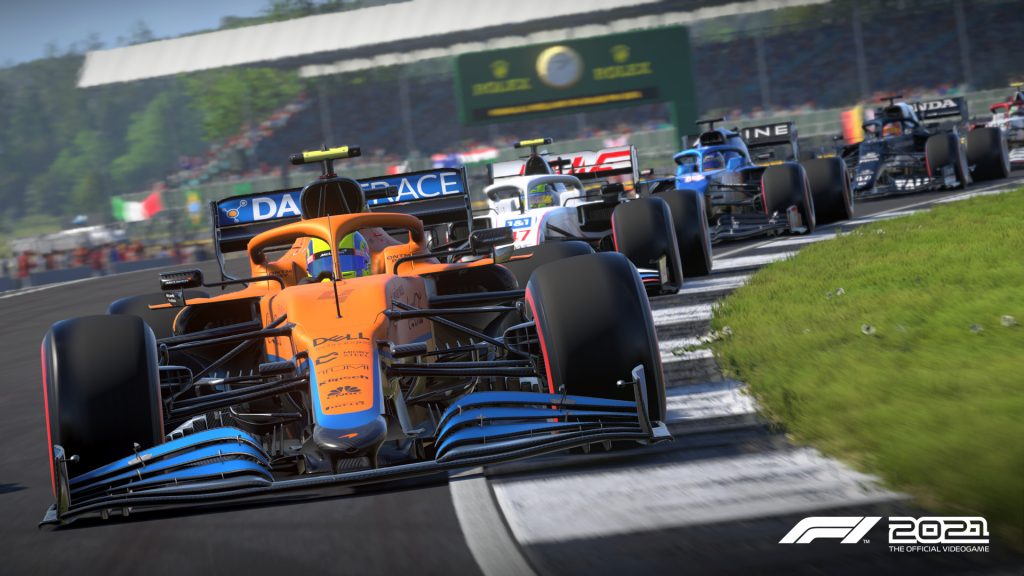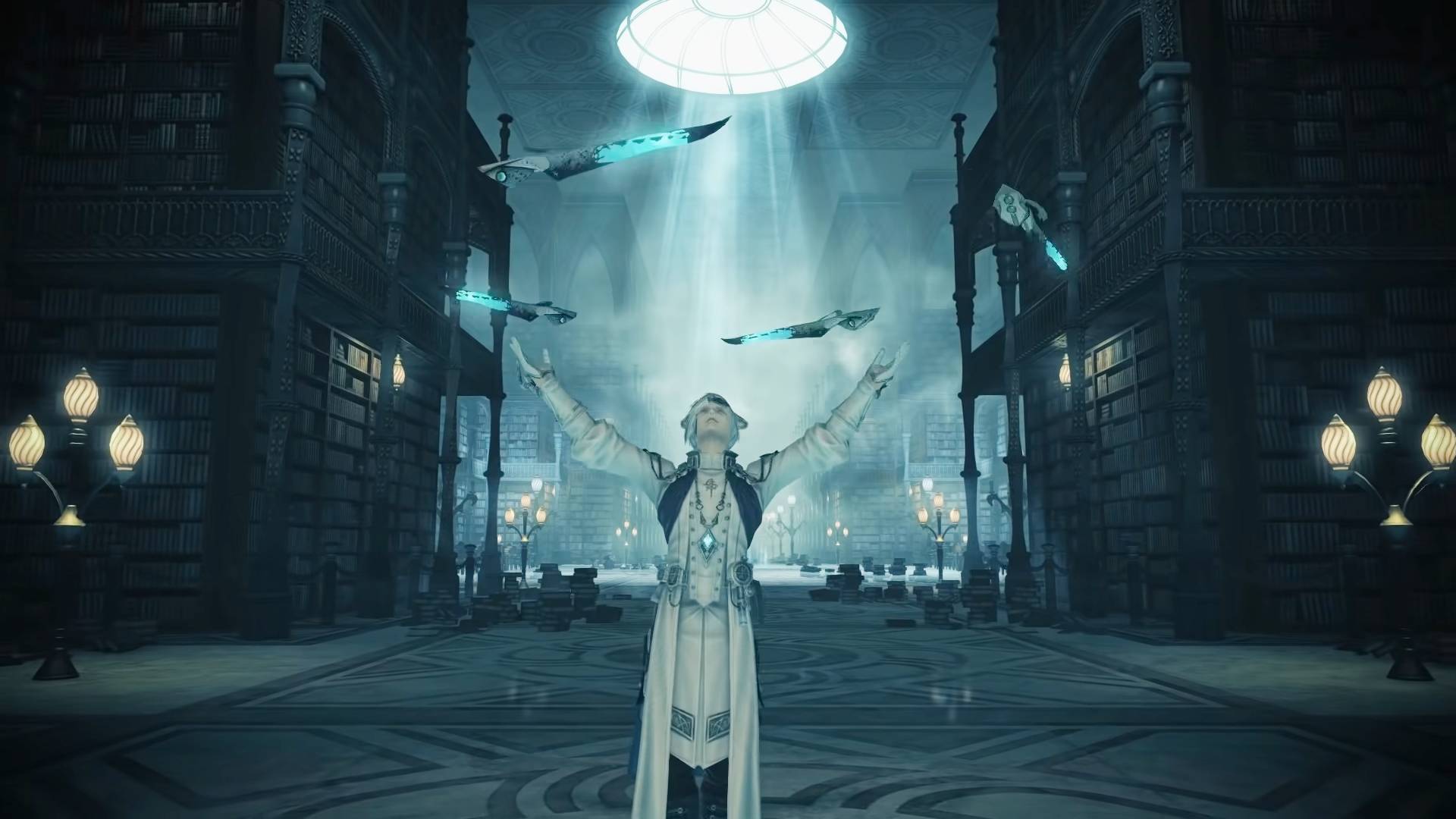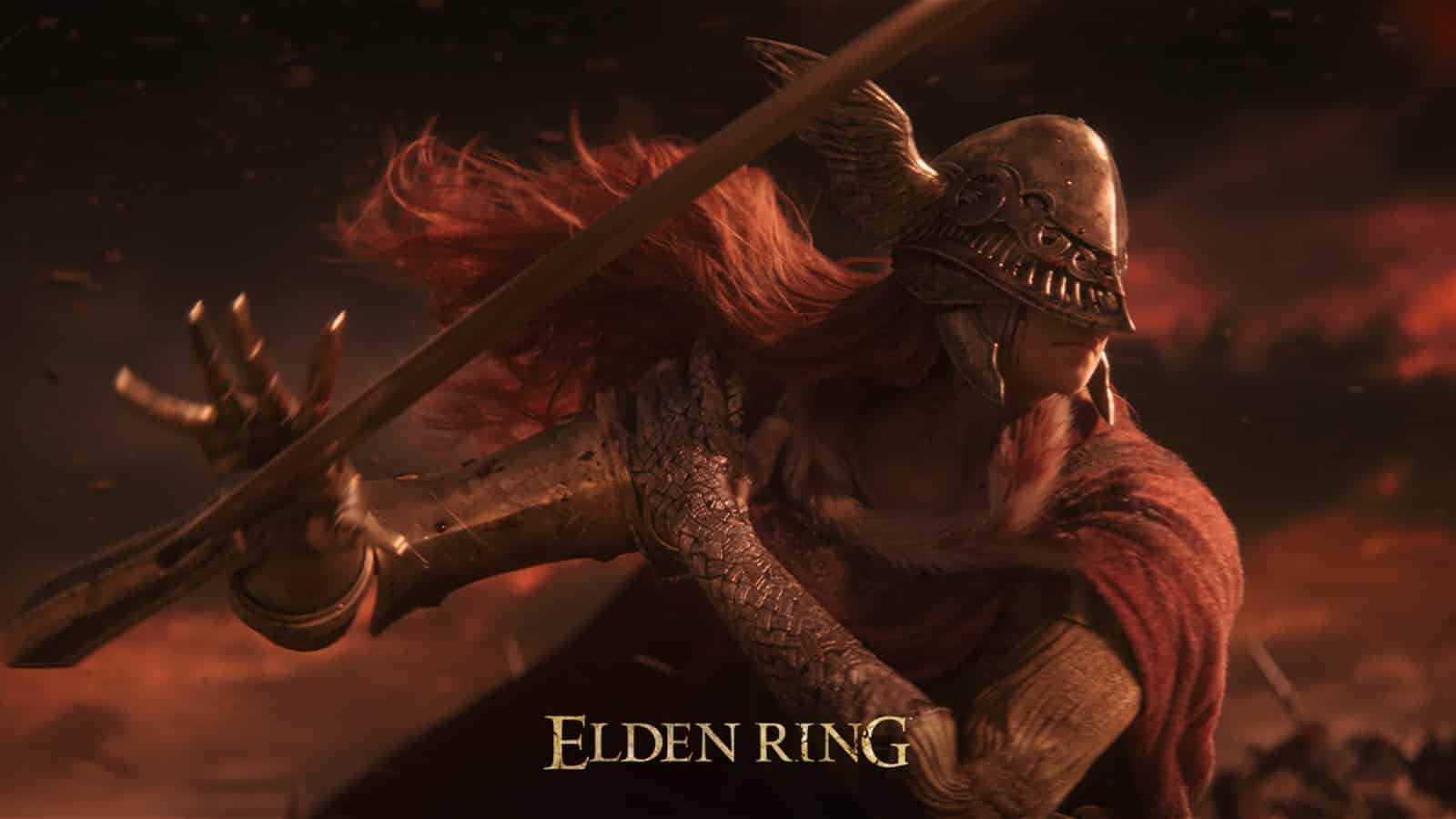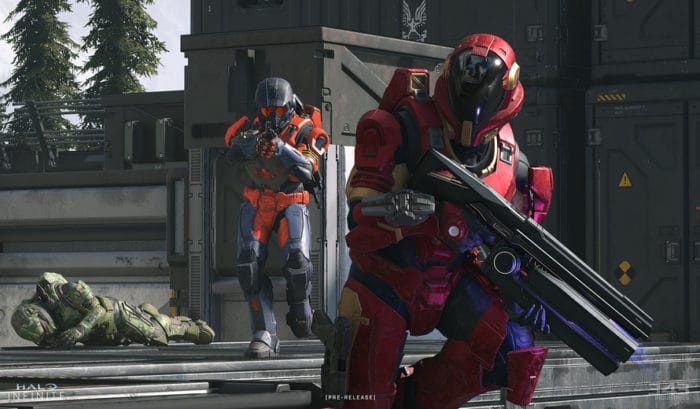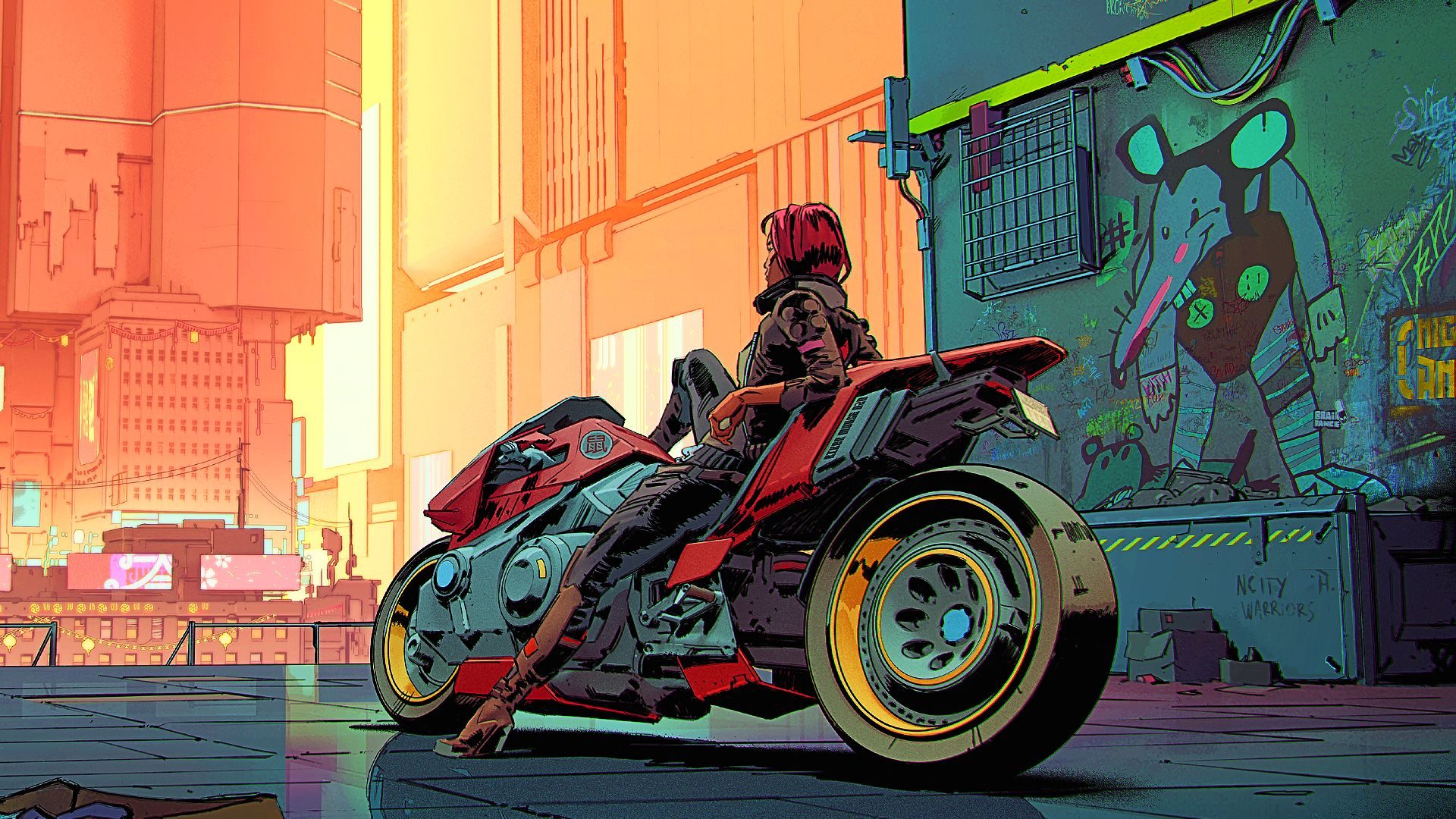
As a disabled gamer, it warms my heart to see the leaps we’ve made in making games more accessible. Five years ago I wouldn’t have imagined triple-A studios would hire disabled consultants or partner with nonprofits like AbleGamers. Nor would I have imagined that one of the biggest gaming stories in 2020 would be about The Last of Us 2 – one of the highest-grossing PlayStation games of all time – taking massive strides forward with its accessibility options.
It’s an exciting time, especially for a relatively nascent industry that’s constantly experimenting and evolving. However, there is still much work to be done before disabled folks are on equal footing with our fellow gamers and developers – not least because of the persisting stigma we face and the continuous misunderstanding of what accessibility actually means.
If you Google 'difficulty modes controversy', you’ll find an endless stream of articles about the same debate that’s gone on for years. The games are different, but the argument and counterargument never change:
RELATED LINKS: Cyberpunk 2077 review, Cyberpunk 2077 lore & universe, Buy Cyberpunk 2077Original Article
